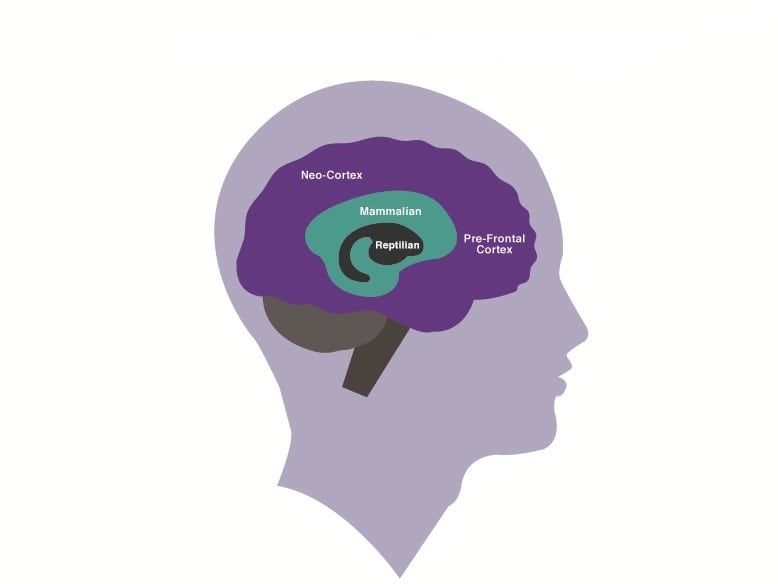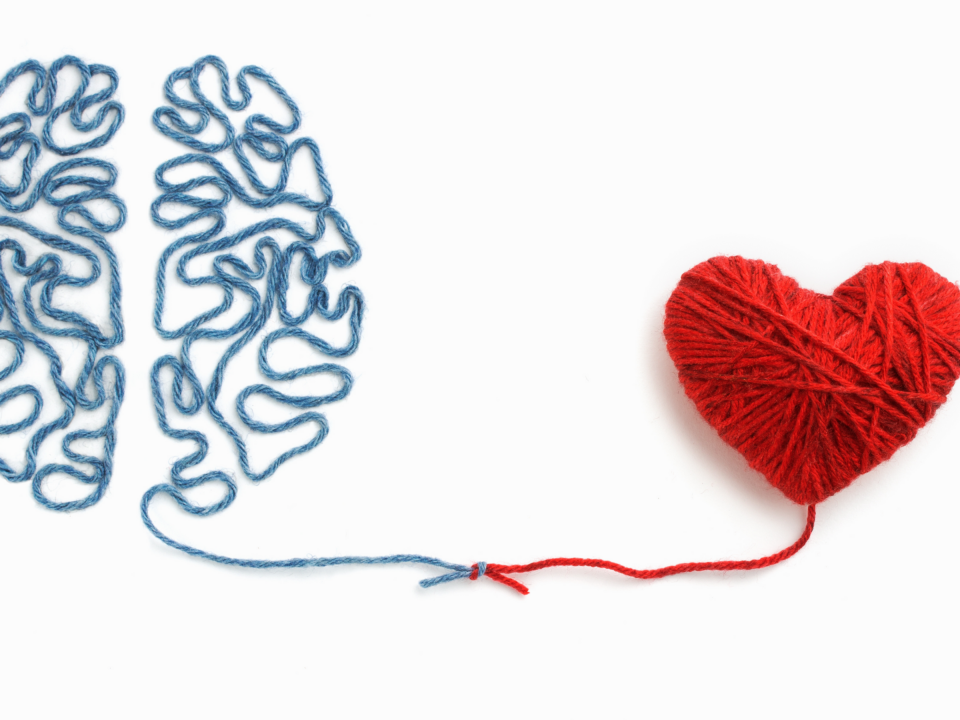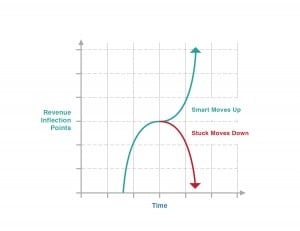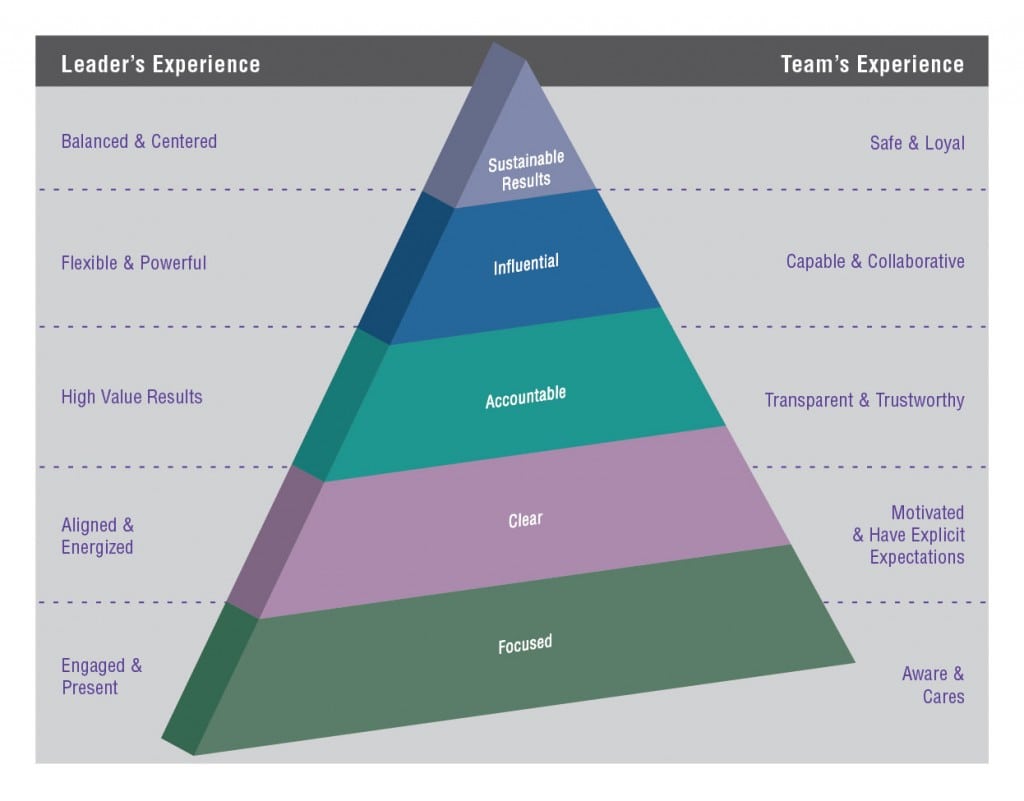So there you are, when suddenly you hear that song that reminds you of that person. And you’re emotionally hijacked—just like that. Good or bad, the song interacts with your neural net and triggers the emotions you have associated with it. Emotional hijacks happen every day, often unconsciously, often with debilitating results.
An expression on a team member’s face subconsciously reminds you of Mom at her most critical, yet you have no idea why you dislike speaking with her. But the team member actually has chronic indigestion, her facial expression has nothing to do with you, and she wonders why you haven’t shown her the report…invited her to the meeting…told her what’s up…smiled on the way to the coffee machine.
And so it goes. Trigger—response. Trigger—response. Trigger—response. All day, every day. Human beings are meaning-making machines. The trouble is we often assign meaning where it doesn’t exist.
Now most of these internal programs—the neural connections and associations we make that give experience meaning—are programs we “wrote” between the ages of zero and six years old. Many of our programs were either provided for us by our parents, or were coded by our very young and inexperienced reaction to what we perceived as threatening people or situations. Even the most wonderful, well-intentioned parents are going to make a few coding errors. I know I have.
Now that we are adults, the question becomes, how can we rewrite our own programs to set the meaning and get the results we want? Further, as leaders, how can we assist others to get the results and experiences they would like? How can we use this knowledge to increase our own and our team’s performance, innovation, and engagement?
In my upcoming blogs you’re going to learn how to deactivate your own and your team members’ fear triggers, and to assign appropriate meaning. You’re going to learn exactly what to do to create a team that acts as a team, one that supports each other to outperform, outsell, and outinnovate the competition. A tribe whose culture you created. A SmartTribe of whom you are justifiably proud.
The Reptile, The Mammal, The Executive
Our brains do an amazing and wonderful job, but they don’t usually like change very much. You may like the idea of change. Heck, parts of you may be very interested in change theory, talking about change, managing change—and especially describing how other people should change. However, actual change involving ourselves is scary to certain parts of our brain. The parts that exist to keep us safe have created elegant patterning based on one-trial learning.
Let’s take a closer look.

Basic Parts of the Brain – Copyright Christine Comaford Assoc 2012
Your brain has three essential parts. The first part—the brain stem—sits at the base of your skull. This part is commonly called the reptilian brain. It’s the oldest and most primitive part of the brain, and it controls balance, temperature regulation, and breathing. It acts out of instinct and is primarily a stimulus-response machine with survival as its focus.
Layered on top of the brain stem is the mammalian brain. The mammalian brain controls and expresses emotion, short-term memory, and the body’s response to danger. The key player here is the limbic system, which is the emotional center of the brain where the fight/flight/freeze response is. Its primary focus is also survival, though it is also the seat of anger, frustration, happiness, and love.
Let’s combine the limbic system with the survival mechanism in the reptilian brain. This creates the powerful combo pack we’ll call the “critter brain,” as my mentor Carl Buchheit of NLP Marin terms it. Once our critter brain has equated a particular phenomenon with safety or with survival, it will continue to carry out that program. And it will do so as long as we are not dead, because it really doesn’t care about our quality of life—it cares about survival. And speaking of staying alive, one key component of staying alive is belonging, or being like the other critters in the environment.
The third part of the brain is the neocortex. This part of the brain is most evolved in human beings, and the area of it we are most concerned with is the prefrontal cortex. The prefrontal cortex enables us to plan, to innovate, to solve complex problems, to think abstract thoughts, to have visionary ideas. It allows us to measure the quality of our experience, to compare it to an abstract ideal, and to yearn for change. The prefrontal cortex has enabled us to have a number of advanced behaviors, including social behavior, tool making, language, and higher-level consciousness.
For the purposes of simplicity we’ll distill the above down to two states: the Critter State, where we don’t have access to all parts of our brain and thus are reactive, in fight/flight/freeze, or are running safety programs; and the Smart State, where we have easy access to all of our resources and can respond from choice. (See Figures below.)

Figure 1. Critter State: Limited Access to Resources – Copyright Christine Comaford Assoc 2012

Figure 2. Smart State: Full Access to Resources – Copyright Christine Comaford Assoc 2012
Today, innovation and growth through the next revenue inflection point depends on making sure the Smart State–not the Critter State–is driving management decisions and behavior in relationships. Management methods that rely on fear to enforce compliance keep people in their Critter State, or in old safety and survival patterns, and reduce innovation. This cultural practice of keeping people in their Critter State has grown increasingly obsolete.
In my next blog we’ll explore how to get and keep people in their Smart State.
Christine Comaford is a five-time CEO with 700% ROI on her company exits. She coaches CEOs to achieve remarkable results in performance and operational efficiency by combining neuroscience and business strategy. Follow her on Twitter (@comaford) and download an excerpt of her upcoming book SmartTribe: Creating a Culture That Outperforms, Outsells, Outinnovates the Competition at www.SmartTribeBook.com.






